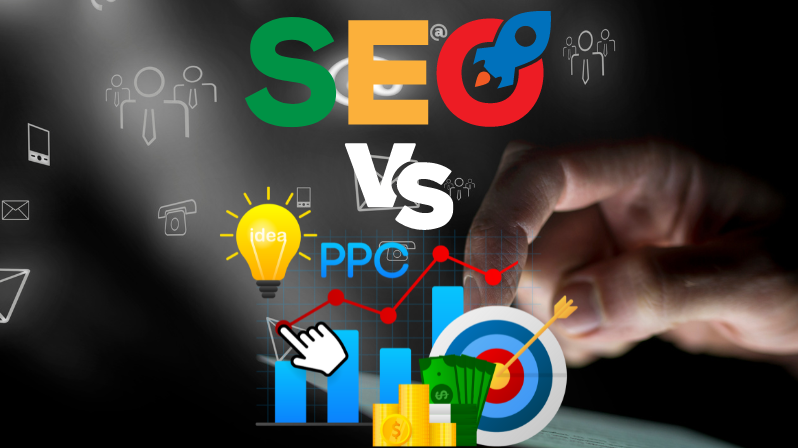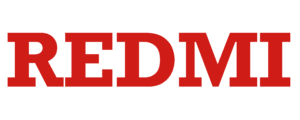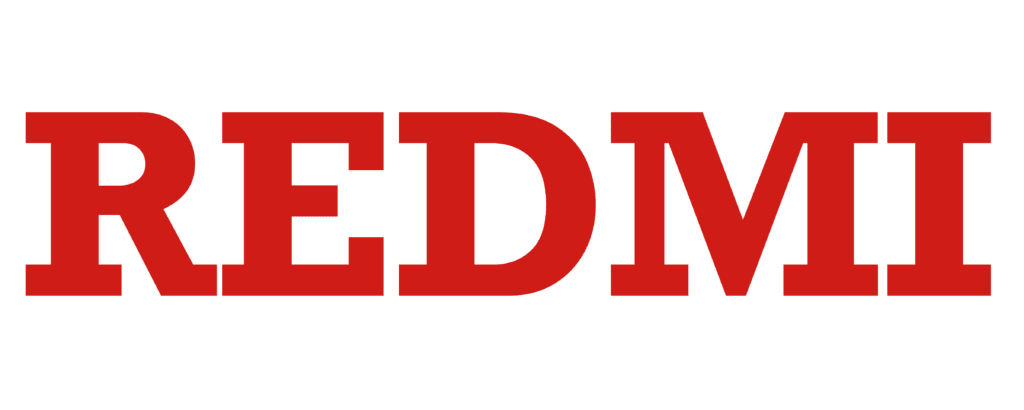
It is now mandatory for companies to be seen online and to be relevant in today’s business world. Regardless of the position a firm falls in the business spectrum; from a start-up to a large firm, it has to tap into the internet to get to its clients. To achieve this, businesses often turn to two powerful digital marketing strategies: In this category, we have SEO (Search Engine Optimization) and SEM (Search Engine Marketing). They are both used to enhance the awareness of a brand on search engines like Google, but they operate differently in terms of strategies used or methods adopted.
In this blog, what is the differences between SEO and SEM in digital marketing; the characteristics and the various forms of them, and the ways companies can achieve the outcomes will be provided.
Difference Between SEO and Pay-per-click
Search Engine Optimization (SEO) is the process that focuses on making a website rank higher for keyword terms than paying for ads in SERP. Instead, the masses are interested in attracting greater volumes of organic traffic through the increase in the relevance and usability of the site.
In contrast, SEM covers both the organic and the paid aspects; majorly, it covers PPC (Pay per click) advertisement. PPC initiatives refer to promotions that cost cash for the ads to be placed on top of or beside the normal search results. Unlike some of the other techniques, with SEM you will only pay for the number of times your ad will be clicked; thus you get immediate exposure.
The only major difference is that search engine optimization is an effective strategy that intervenes in organic traffic, while SEM involves guaranteed sales from advertisements. Now let’s discuss each as to how it works and what components it is made of.
How Does SEO Work?
Search Engine Optimization is all about establishing your website to be as appealing to the search engine as possible. This is because by the time every element of your site has been optimized, it will involve all the major keywords, and in this way, you stand a better chance at ranking higher in the search engine result pages.

Types of SEO
1. On-Page SEO
This is more concerned with improving the individual web pages of your website and their layout. Key factors include:
Keyword optimization:
Providing that the target keyword is well positioned in the title and headers as well as in the content.
Meta tags:
Creating search engine optimization-friendly title tags and meta tags.
Internal linking:
I’m aware that tweaking is making connections between suitable web pages to enable easy access.
Content quality:
Creating quality, timely, and helpful content.
2. Off-Page SEO
Off-page Search Engine Optimization is the process of optimizing outside your website to influence search engine rankings Algorithms are applied. The most popular aspect of link building is to link from genuine sites to increase the authority of your own site.
3. Technical SEO
This entails increasing the site architecture complexity and layouts from the back end. Important factors include:
Site speed:
The promotion of fast loading of all the pages on the site.
Mobile-friendliness:
Ensuring that the site is mobile compatible, or more like, cross-platform compatible.
Crawlability:
Make sure that search engines have a method to crawl and index your website.
Security:
Identifying HTTPS as the way to ensure website security and encode its values.
Key Features of SEO
Organic Growth:
Search Engine Optimization makes your site get ranked naturally, that is people type your site’s URL on their browsers themselves without clicking a link on an ad.
Sustainability:
It is important to know that all the search engine optimization efforts are accumulated over the period. It is very advantageous if you want to get a consistent flow of traffic for months, even years if you have a high rank for a specific keyword.
Credibility and Trust:
It is understood that high organic search engine results are more likely to be trusted and considered more authoritative.
Cost-Effective:
Most of the time, search engine optimization may be time-consuming and a little expensive; however, since one does not pay the ‘visitor,’ they end up spending less in the long run.
How to Get Results Through SEO
Achieving success with search engine optimization requires patience and consistent effort. Here are steps to drive results through search engine optimization:
1. Keyword Research:
You can search for keywords that your audience is interested in using Google Keyword Planner SEMrush or any other professional tool.
2. Optimize On-Page Content:
Make certain copies of your web pages are user-friendly and SEO-friendly by incorporating relevant keywords into your HTML original copies in the correct places.
3. Create High-Quality Content:
Create content that is meaningful to your audience, teaches them something new, and answers their questions, addressing some of the issues they need to get done.
4. Earn Backlinks
Go look for other websites where you can contribute guest posts or collaborate to get backlinks that will build your site.
5. Regular Audits:
Carry out search engine optimization inspections to be certain there are no minor problems like technical ones.
Search Engine Optimization is a slow process and may not show tangible results in the first 3-6 months, yet once the positions are reached, it will provide constant traffic and recognition.
How Does SEM Work?
SEM is mainly about using paid advertising to place your website or the landing page of interest at the top of the SERPs for the selected keyword. SEM in its broad form includes PPC (Pay-Per-Click), which is a type of advertising that the advertiser pays each time the ad is clicked.

Types of PPC Campaigns
1. Search Ads
These are general online ads that are displayed at the top or bottom of the search engine results pages. They are occasioned by the searches made by the users that relate to the keywords of the advertiser.
2. Display Ads
These are picture ads (images, banners, and others) that appear on the partner sites of the Google Display Network. They contribute to increasing brand recognition and reaching a recycled audience that has already entered your website.
3. Shopping Ads
In particular, for e-commerce, the shopping ads appear in the form of images and prices accompanied by descriptions. This is ideal for making sales and should be used now more than ever.
4. Video Ads
These ads are usually displayed on such sites as YouTube and are one of the most effective means for interacting with the audience with videos.
Key Features of SEM
Immediate Results:
As soon as an SEM campaign is rolled out, it appears at the pinnacle of the search engine results pages.
Budget Control:
Unlike traditional media, you have complete flexibility in how much you want to offer per click or impression.
Targeted Ads
Compared to traditional advertising platforms, SEM offers the advantage of reaching out to your target groups, places, and even times of the day.
Measurable Performance:
SEM campaigns are virtually measurable in terms of clicks, impressions, conversions, and virtually any other metric one may think of.
How to Make Use of Signs and Emblems of SEM?
For SEM to be successful, one has to control the pay-per-click campaigns and enhance the PPC campaigns for increased effectiveness. Here’s how:
1. Keyword Selection:
Select keywords that relate closely to your business and are related to lower funnel keywords, also referred to as high intent keywords (these are keywords the user types, which indicate that they are willing to take an action such as ‘buy,’ ‘best,’ ‘affordable,’ etc.).
2. Ad Copy:
Develop clear and persuasive language in an ad that targets the needs of the user and leads you to click on the link.
3. Landing Page Optimization:
Make sure that the landing pages are as close as possible to the themes of the ad. Those who click should be able to get what they are looking for whether it is information or a product.
4. Monitor and Adjust:
Using Google Ads or Bing Ads, track the performance of campaigns continually. The main changes that need to be made include CTR and conversion rate performance indicators.
5. Bid Strategy:
Choose between manual or automatic bidding depending on what you are trying to achieve. For instance, you can optimize bids for clicks, conversions, or even ROAS (Return on Ad Spend).
6. A/B Testing:
Always conduct ad experiments with fresh ads, keywords, and landing pages to know which formula works best for you.
Conclusion: SEO or SEM?
Even though SEO and SEM are both important in the marketing mix of most marketers, they are not the same things, and neither is a substitute for the other. Search Engine Optimization is a slow and steady methodology, which makes it perfect for companies that want to achieve long-term results and steady growth for a considerable time. Paid search, which occupies a central place in SEM, provides great results quickly and requires a very accurate definition of the target, making it beneficial in terms of increased production of leads and immediate site exposure.
Their suitability or the right one for your business may be a matter of target, time frame, and cost. In most instances, integrating both SEO and SEM is most effective, employing search engine optimization to develop the base of brand-new consumers while relying on SEM for a quick conversion boost and concentrated promotions.





